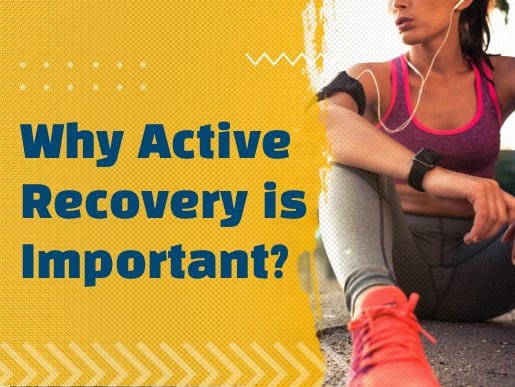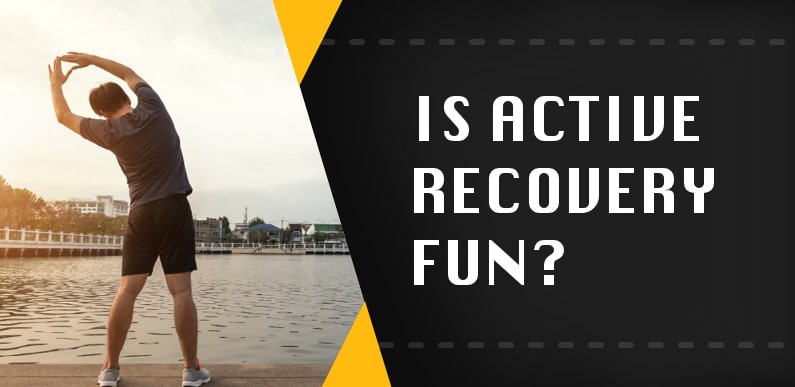Workouts may result in exercise-induced muscle fatigue, within which individuals realize it is tough to use muscles to achieve an identical result as before the physical exercise.
The duration of exercise-induced muscle fatigue varies from a few minutes to a few days, and active recovery might prevent an extended amount of muscle fatigue.
Gentle therapeutic exercises may be beneficial. But overtraining can be harmful and even dangerous to your health. It is important not to exercise and allow your body to rest.
People ought to partake in active recovery once they finish their exercise. The idea is that active recovery once a physical exercise results in overall performance improvement. Active recovery may be an endeavour that’s performed at a lower intensity, reduced power, or lesser resistance than your regular exertion.
Active recovery outweighs more benefits than being inactive, resting completely, or sitting, and it keeps blood flowing and facilitates muscle recovery and reconstruction from intense physical activity. In case of severe pain, avoid active recovery.
There are various active recovery exercises like stretching, yoga, rock climbing, hiking, kayaking, walking, swimming, tai chi (ghost boxing), cycling, and more.


Having so many benefits, we need to know why active recovery is crucial for us. It may help you to recover faster than any other high-intensity training. Active recovery exercises reduce soreness and allow your muscles to rebuild more quickly.
You may feel like not hitting the gym and lifting weights when having a lazy day, and you may feel like you want to rest and do activities that involve less effort. On days like this, you can switch to active recovery exertion.
People think that only a heavy workout helps your body to gain benefits, but it is a myth. We need to understand that active recovery activities also play a vital role.
As per popular belief, we need a day or two of rest. But it’s not true always. Your body needs to rest, or it can face enormous consequences. That is why sometimes we need to keep things low-key.
Benefits of Active Recovery
1. Reduce lactic acid build-up in muscles: Anyone who works out a lot will be aware of the “burning sensation” – the tired and sore feeling that comes when you force your muscles to do heavy lifting or sprinting repeatedly. This sensation is called lactic acid build-up. Active recovery stops the lactic acid from building up so that you feel relaxed.
2. Eliminates Toxins: Your body builds toxins when you work out. Active recovery helps you to increase your blood flow and remove toxins from your body.
3. Helps you keep your muscles flexible: Exercises like yoga, hiking, and swimming lead to stretching your body, improved flexibility and mobility.
4. Increases blood flow: In active recovery, your body needs to perform aerobic activities. In this type, you run out of breath which causes your blood vessels to widen and increase the blood flow, lowering the blood pressure.
5. Helps you to maintain your exercise routine: While you get busy performing several exercises, your routine doesn’t seem to get disturbed, and you remain on- track.
Maintaining balance is nature’s rule. If you choose to fight daily from Monday till Friday, you even need to choose to take some rest mentally and physically. Keep going on with higher-intensity training, but also take some time out to slow down and breathe.
Check out the link for more recovery blogs:
https://fns360.live/category/movement-and-recovery/.
You can also check out more such recovery videos






